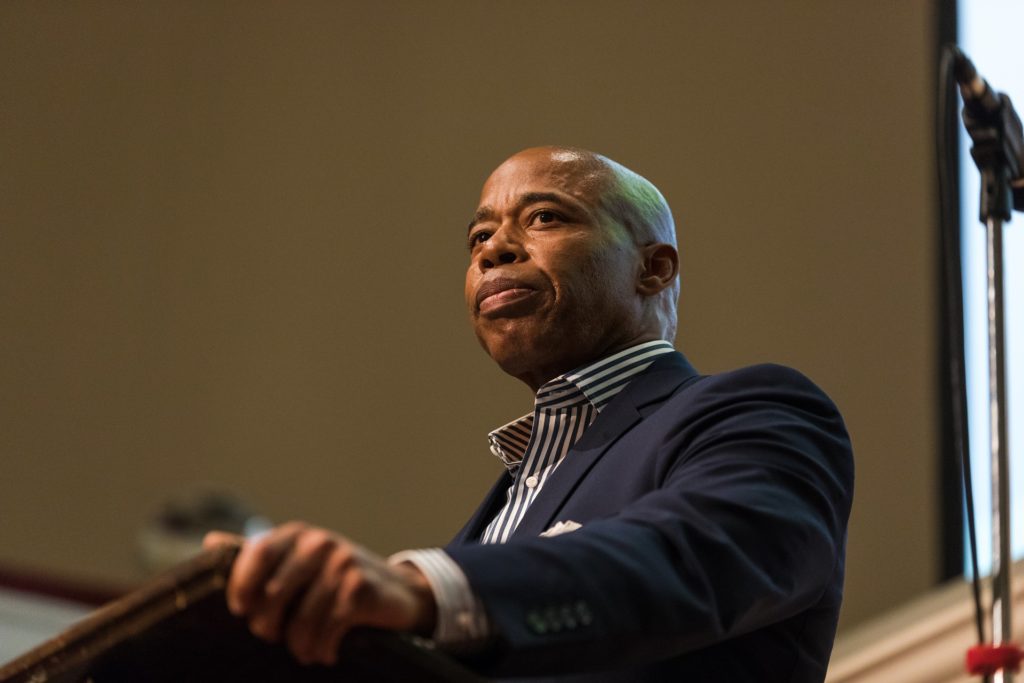Voters demanded transparency. All 5 borough presidents are late to deliver.
The BPs say City Hall failed to provide guidance — but a good government group calls that a "bad excuse."

All five of New York City’s borough presidents failed to meet a voter-imposed deadline to deliver information about community board representation and the member selection process — and they say it’s because they didn’t know where to send their reports.
The borough presidents faced a July 1 deadline to submit to the mayor and City Council speaker — and post on their own websites — the demographic composition of their community boards’ membership, along with other information on the appointment process. The provision was added nearly 10 months ago to the City Charter following a 2018 ballot proposal overwhelmingly supported by voters. The charter defines the organization, powers and functions of city government.
More than a month past that deadline, the borough presidents say they have not created the reports or posted them to their websites because City Hall hasn’t told them to whom the report should be addressed.
